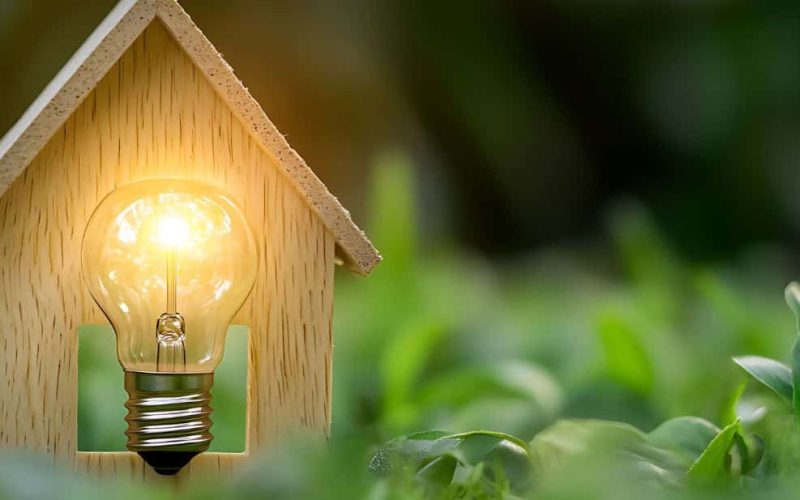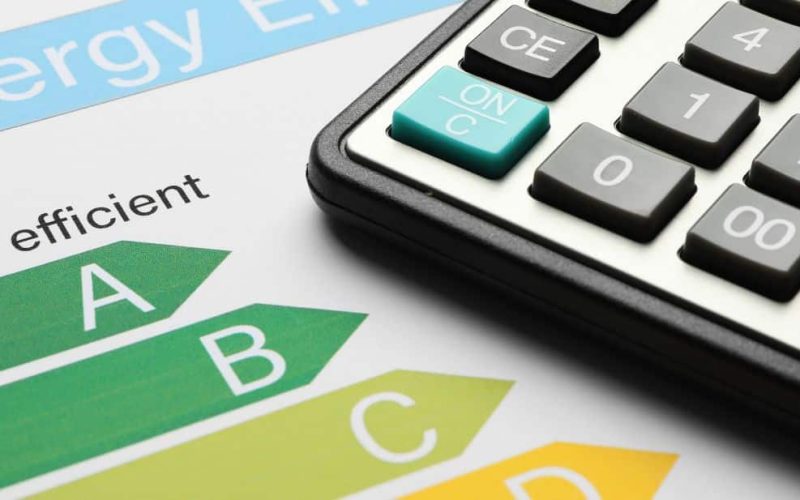Thinking about harnessing solar energy to save money and make your home greener? You’re not alone. With energy costs rising and climate concerns growing, many homeowners are exploring how solar power could help cut bills. There are two main options available: solar photovoltaic (PV) panels and solar thermal panels.
So, which one should you choose? We’re breaking it down so you can make an informed choice, without the jargon.
What’s the Difference Between Solar PV and Solar Thermal?
Both types of panels harness the power of the sun, but they do different jobs.
Solar PV panels generate electricity. They convert sunlight into usable power for your home – ideal for running lights, appliances, or even charging an electric car.
Solar thermal panels, on the other hand, are designed to heat water. They use sunlight to warm a special fluid, which transfers to your hot water system. This heats your baths, showers and sinks.
Key takeaway:
Solar PV = electricity.
Solar Thermal = hot water.
Should I Choose Solar PV or Solar Thermal for My Home?
The right option really depends on your household habits, available roof space, and what you want to achieve..
Choose solar PV if:
- You use a lot of electricity
- You work from home or charge an electric vehicle
- You’re interested in battery storage
- You want to cut your electricity bills, or even sell excess energy back to the grid
Choose solar thermal if:
- Your home uses a lot of hot water (e.g. larger families)
- You already have a hot water cylinder or thermal store
- You want a low-carbon way to heat water without relying on gas
Some homeowners benefit from installing both types of system for maximum efficiency.
Which One is More Expensive?
Below, we outline some of the initial costs and ongoing maintenance. The figures are sourced from the Energy Saving Trust.
| System | Typical Cost (including installation) | Ongoing Maintenance | Lifespan |
| Solar PV | £5,000 – £8,000 | Low (clean panels, occasional inverter check) | 25–30 years |
| Solar Thermal | £3,000 – £5,000 | Low to moderate (pump/valve checks) | 20–25 years |
Solar PV systems usually cost more to install, but the long-term savings and flexibility make them a smart investment for many households.
Do Solar Panels Really Reduce Energy Bills?
Yes, both types of systems can help cut your energy bills.
Solar PV reduces your reliance on grid electricity, which is often the most expensive. Plus, if you generate more electricity than you use, you can sell it back to the grid.
Solar Thermal systems won’t power your whole home, but they can significantly reduce the cost of heating your water—one of the biggest household energy expenses.
Thinking About Installing Solar?
Check if your local council offers a Lendology-supported loan to help you get started.
Find your council partner here.
What Funding Is Available for Solar PV or Solar Thermal?
There are several solar panel financing schemes in place that may help with the cost of installing either system:
Warm Homes: Local Grant (England)
From April 2025, homeowners in England may be eligible for up to £30,000 in funding via the Warm Homes: Local Grant. This includes money for both solar PV systems and other energy-saving measures. You can read more about the Warm Homes: Local Grant here .
Lendology’s low-interest loans
If you’re not eligible for government grants or need extra help to cover the cost of installing renewable energy systems, Lendology offers low-interest, flexible loans to bridge the gap. Delivered in partnership with local councils, our loans can be used to fund home improvements such as solar PV or solar thermal panels.
These loans are designed to be accessible and affordable, and are available to homeowners who may not meet the criteria for traditional borrowing. Whether you’re looking to supplement grant funding or cover the full cost of an installation, we can help you invest in a warmer, more cost-efficient home.
VAT relief
As of 2022, zero VAT applies to most energy-saving materials, including solar PV and solar thermal installations, for homeowners in the UK. This VAT relief is set to last until 31 March 2027, after which the VAT rate will rise to 5%.
Always check with your local authority or a trusted advisor like Lendology to understand what’s available in your area.
ECO4 scheme
The ECO4 scheme offers government grant funding for home upgrades such as new heating systems, loft insulation, solar panels.
To be eligible for solar panel installation through ECO4, your home needs to meet certain criteria:
- It must have an inefficient heating system and fall within the D to G Energy Performance Certificate (EPC) bands.
- The property must be privately owned or privately rented.
- It should be an all-electric home (on or off the gas grid) where options like biomass boilers or a District Heat Network aren’t viable.
- The household should either receive qualifying government benefits or be classified as low-income.
Bottom Line: Is Investing in Solar Energy Worth It?
Investing in solar energy, whether solar PV or solar thermal, is a step towards a more sustainable, cost-efficient home. Both systems can lower your energy bills and reduce your carbon footprint, and they can be especially effective when paired with other energy-saving measures.
Solar PV panels offer the flexibility to power your entire home and reduce your reliance on the national grid. Meanwhile, solar thermal systems are a cost-effective way to meet your hot water needs, particularly if your household uses a lot of hot water and already has the right plumbing setup.
Ultimately, the best choice depends on your home, lifestyle, and energy priorities. Whichever route you take, investing in solar energy helps future-proof your property and contributes to a cleaner, greener future.
Looking To Finance Your Solar PV or Solar Thermal Panels?
We appreciate that finding grants and funding for the upfront cost of investing in solar can be overwhelming. At Lendology, we can support you in accessing grants, loans, and expert advice to get the most out of solar for your home. With fixed, low-interest loans, investing in solar never has to be out of reach.
For more information, get in touch with one of our case managers today, or apply for a principle loan to get started.
We recommend that you carry out an independent retrofit assessment to find out which works are suitable for your home and budget.
Representative Example (4% fixed interest rate, Representative 4.2% APR).
Loans are subject to status and are typically protected by a Title Restriction.
Borrow £5,000 over 60 months, £92.08 monthly repayments. Total amount repayable = £5,544.96, including £20 fee for registering the Title Restriction against your property at the Land Registry. The £20.00 fee is only payable if a loan is agreed by Lendology and you decide to proceed with a loan. We do not charge interest on the fee. A Title Restriction means that you may not be able to sell your home without our permission unless the loan is fully repaid. This is a financial promotion approved by Lendology CIC. Missing payments could affect your credit rating and ability to obtain credit in the future.


